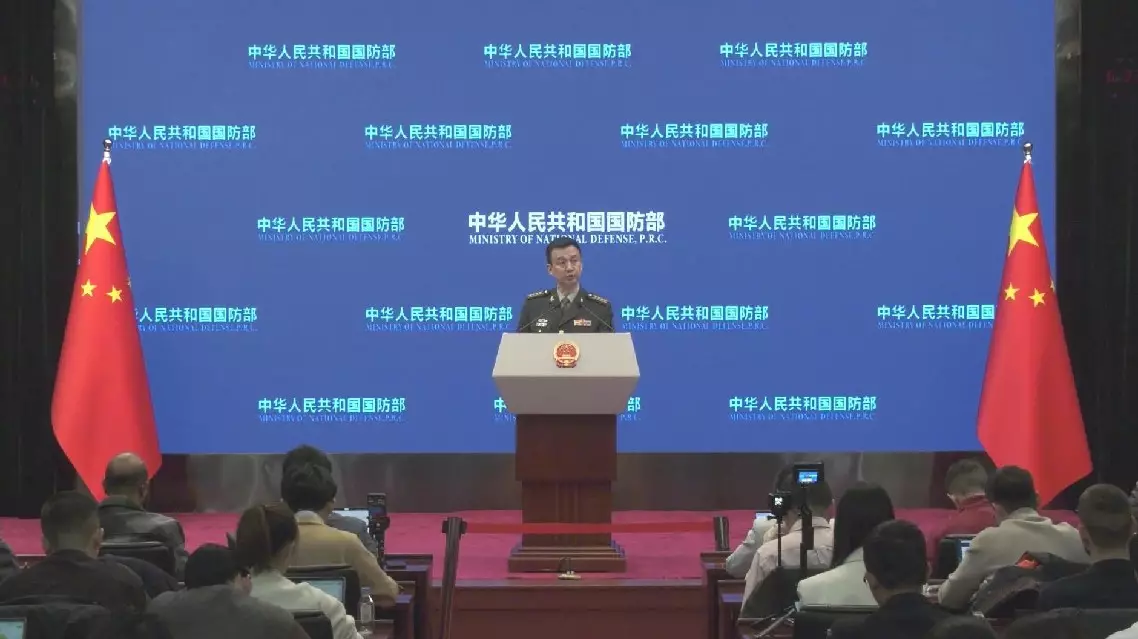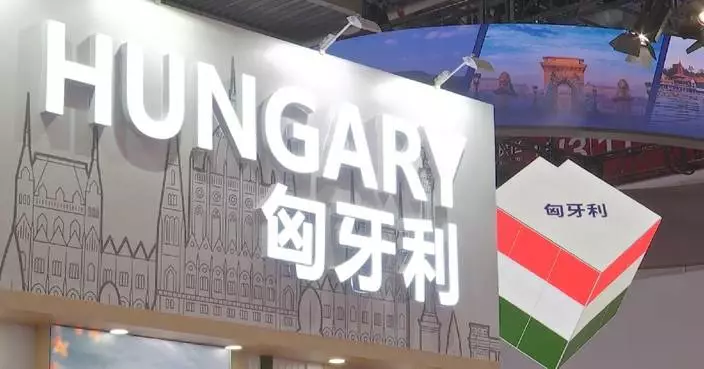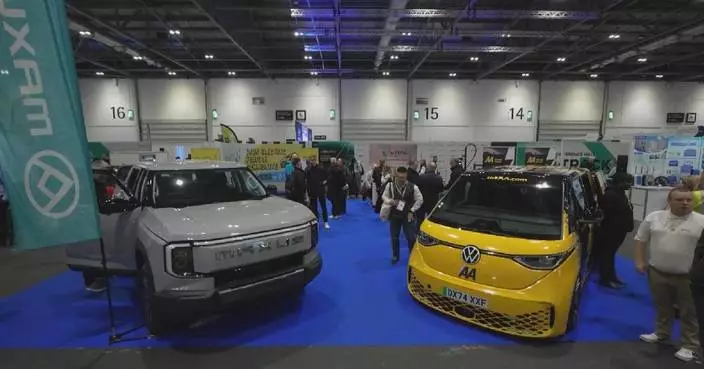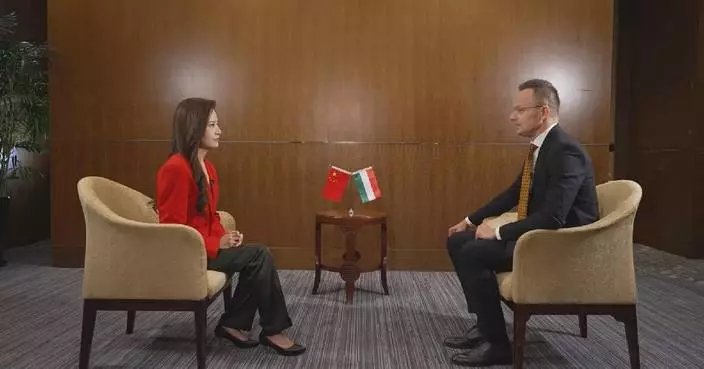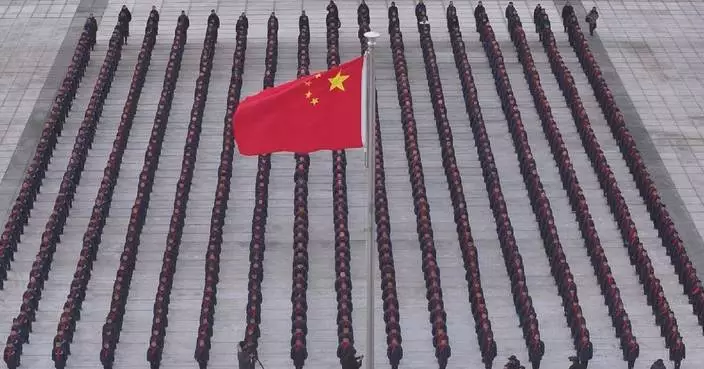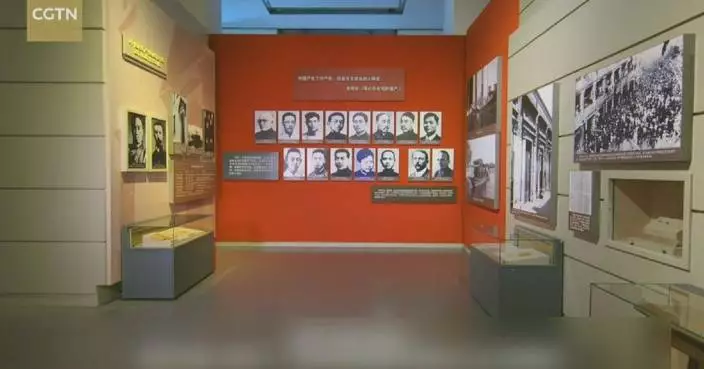Mexico enjoys centuries-old trade ties with China and hopes for more two-way investments and automotive cooperation, said Rafael Valdez Mingramm, chairman of the Mexico-China Business Committee of Mexican Business Council for Foreign Trade, Investment, and Technology (COMCE).
In an interview with China Global Television Network (CGTN) on the sidelines of the second China International Supply Chain Expo (CISCE) in Beijing, Mingramm said Mexico is attending the event to seek synergy between the two countries' global supply chain strategies.
"Trade between Mexico and China has taken place for centuries, and we can go back to the 17th, 18th centuries, in all the trade between the New Spain and China that brought goods that are used today in China's gastronomy, and products that are right now in Mexico. That has evolved over time. And over the past 50 years with diplomatic relationships, this is getting stronger and stronger to a point in which today Mexico is the second most important trade partner of China in Latin America," Mingramm said.
"And we see many opportunities now. In the future, we should move beyond trade. We are talking about investments. Investments as Chinese companies and Mexican counterparts should be part together in global supply chain strategies. And that's part of why we are in this conference and in this occasion," he said.
Mexico is one of the top car producers in the world, and the penetration rate of Chinese car brands in the country has reached 30 percent and is still growing.
Mingramm said he hopes Mexico could remain an attractive investment destination for Chinese automakers in spite of challenges from its northern neighbor, especially after President-Elect Donald Trump returns to the White House next year. Trump has already announced plans for raising tariffs by an additional 10 percent on all Chinese goods.
"It's a very, very complex situation. Yes, Mexico, I think, it's probably within the top five automotive manufacturers in the world. And if I am not mistaken, it might be the third or fourth largest with major brands. The presence of Chinese companies has been increasing in the recent years, and this has created certain tensions. I think for Mexico, we should continue this. Mexico has the logistics, the infrastructure, the perfect locations for the Chinese car manufacturers to establish and to set up their complete manufacturing facilities," Mingramm said.
"But not just to look to the U.S. Mexico is strategically located. We have 50 trade agreements. We have routes to connect from Mexico to Europe, to South America, to the Caribbean, not only the U.S. So I think the Chinese car manufacturers should look at Mexico not just for the U.S., but south, east, west. And that should be the base of the strategy," he said.
Themed "Connecting the World for a Shared Future", the second CISCE runs from Tuesday to Saturday.
As the world's first national-level exhibition focusing on supply chains, the CISCE has attracted close to 700 exhibitors from 69 countries and international organizations this year. Over 60 percent of the exhibitors are Fortune Global 500 companies and industry leaders, and the proportion of foreign exhibitors has risen from 26 percent at the first CISCE to 32 percent presently.
In addition to exhibitions, this year's CISCE also includes a series of sideline events, including the release of an annual report on the global supply chain, and discussions on promoting supply chain stability, connectivity and accessibility, according to the event's organizers.
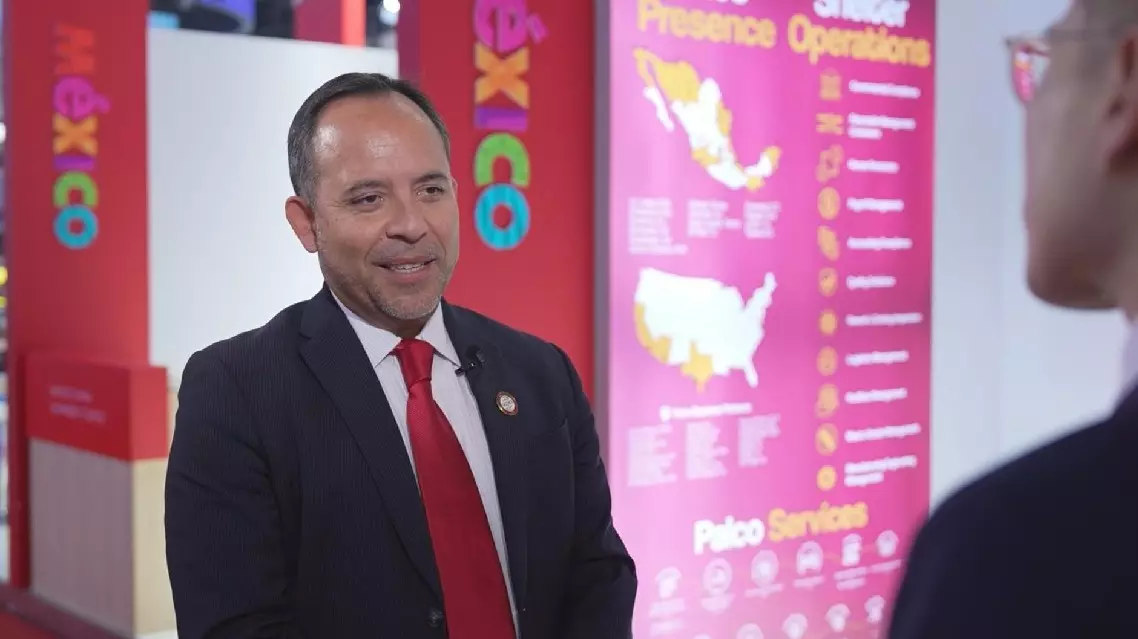
Mexico enjoys centuries-old trade ties with China: business leader


